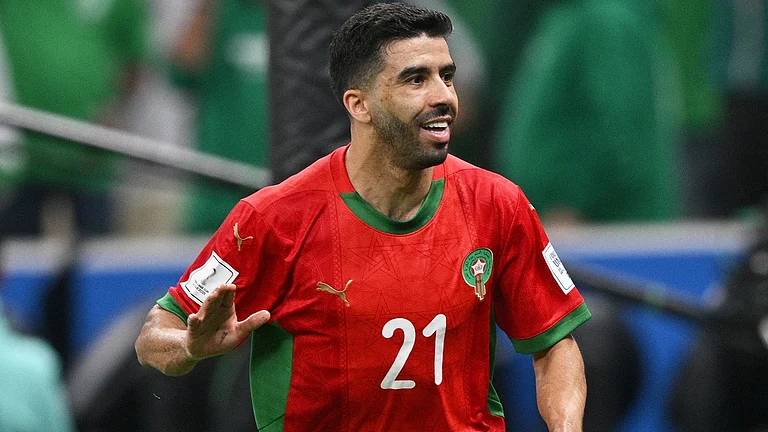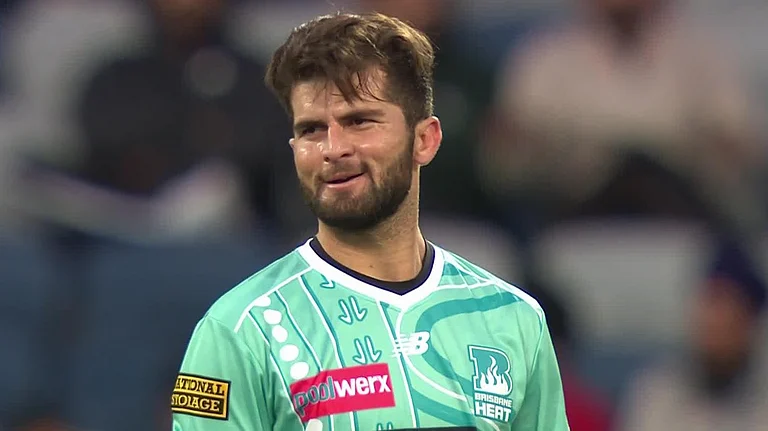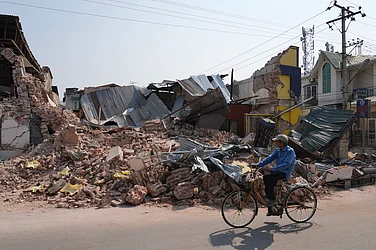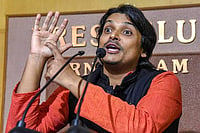The Russians have started their long-feared, all-out assault to take over Eastern Ukraine, said President Volodymyr Zelenskyy.
In a video address on Monday, Zelenskyy said a significant part of Russian forces is now concentrated in the east. The comment came as Russia hit the Western Ukrainian city of Lviv among a number of other targets with missiles in an attempt to grind the country's defences ahead of the full-fledged offensive in the east. At least seven people were killed in Lviv.
He said, "Now we can already state that the Russian troops have begun the battle for the Donbas. No matter how many Russian troops are driven there, we will fight. We will defend ourselves. We will do it every day.”
In recent weeks, the Russian military has withdrawn from the area around the capital Kyiv and the country's north to focus on the eastern region of Donbas, which is the mostly Russian-speaking industrial heartland of Ukraine, where Moscow-backed separatists have been fighting Ukrainian forces for the past eight years and have declared two independent republics that have been recognised by Russia.
The Ukraine military's general staff said Russian forces on Monday were increasing assaults in the Luhansk and Donetsk regions — both of which are part of the Donbas — as well as in the area of Zaporizhzhia. It also said Russia was sending reinforcements to the Crimean Peninsula — seized from Ukraine in 2014 — and to the Rostov-on-Don area, which borders Ukraine.
Witnesses in key cities Kharkiv and Bakhmut near the front line saw no immediate sign of increased military activity there. Associated Press journalists reported hearing distant artillery fire in some areas, but that has happened sporadically for weeks.
In other developments, a few thousand Ukrainian troops, by Russia's estimate, remained holed up at a mammoth steel mill in Mariupol, the last known pocket of resistance in the devastated southern port city.
Military analysts say Russia was increasing its strikes on weapons factories, railroads and other infrastructure ahead of its assault on the Donbas.
Moscow said its missiles struck more than 20 military targets in eastern and central Ukraine in the past day, including ammunition depots, command headquarters and groups of troops and vehicles. It also reported that its artillery hit an additional 315 Ukrainian targets and that warplanes conducted 108 strikes on troops and military equipment. The claims could not be independently verified.
Gen. Richard Dannatt, a former head of the British Army, told Sky News that Russia is waging a “softening-up” campaign ahead of the Donbas offensive.
A senior US defense official, speaking on condition of anonymity to discuss the Pentagon's assessments of the war, said there are now 76 Russian combat units, known as battalion tactical groups, in eastern and southern Ukraine, up from 65 last week.
That could translate to around 50,000 to 60,000 troops, based on what the Pentagon said at the start of the war was the typical unit strength of 700 to 800 soldiers, but the numbers are difficult to pinpoint at this stage in the fighting.
The official also said that four US cargo flights arrived in Europe on Sunday with an initial delivery of weapons and other materials for Ukraine as part of a USD 800 million package announced by Washington last week. And training of Ukrainian personnel on US 155 mm howitzers is set to begin in the next several days.
The capture of Mariupol, where Ukraine estimates 21,000 people have been killed, is seen as key, and not just because it would deprive Ukraine of a vital port and complete a land bridge between Russia and the Crimean Peninsula.
The U.S. defense official said that if Russian forces succeed in taking full control of Mariupol, that could free up nearly a dozen battalion tactical groups for use elsewhere in the Donbas.
With AP inputs


























